Ford patents holographic car tech system that lets virtual guard dogs protect your vehicle
And puts a polar bear behind the wheel
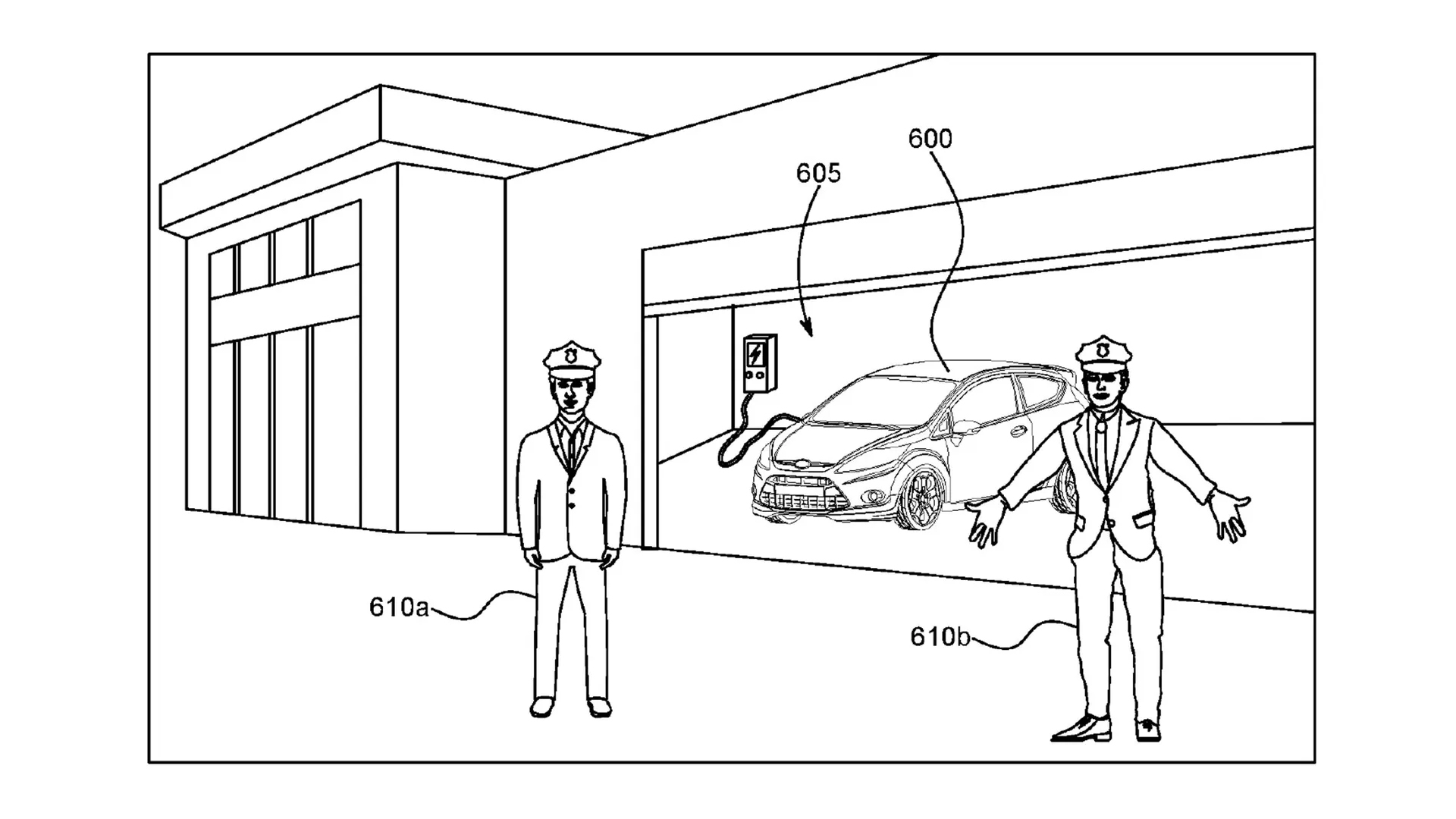
Patent filings don't necessarily result in new-fangled tech, but they often give us a good indication of what engineers are thinking – or, in Ford’s case, smoking.
Recent filings registered with the United States Patent and Trademark Office (USPTO) have revealed that the company is experimenting with some pretty advanced holographic technology that, if it ever gets produced, will be able to project a plethora of realistic imagery inside and outside of the vehicle.
Although the patent filing goes into little detail about the actual use-cases for such technology, it does reveal that the general idea is to create a system and method for "projecting moveable and interactive holograms inside and outside of a vehicle".
Basic drawings that accompany the ideas show security guards roaming around a parked Ford, while another image shows a young boy pointing at what we understand to be virtual guard dogs.
The system uses integrated holographic camera modules (IHCMs) that can display pre-recorded 2D animations outside of the car "without any noticeable distortion".
A list of potential imagery includes: candles, flowers, lights, robots, equipment, animals, birds, cartoon characters, and creative or non-realistic content.
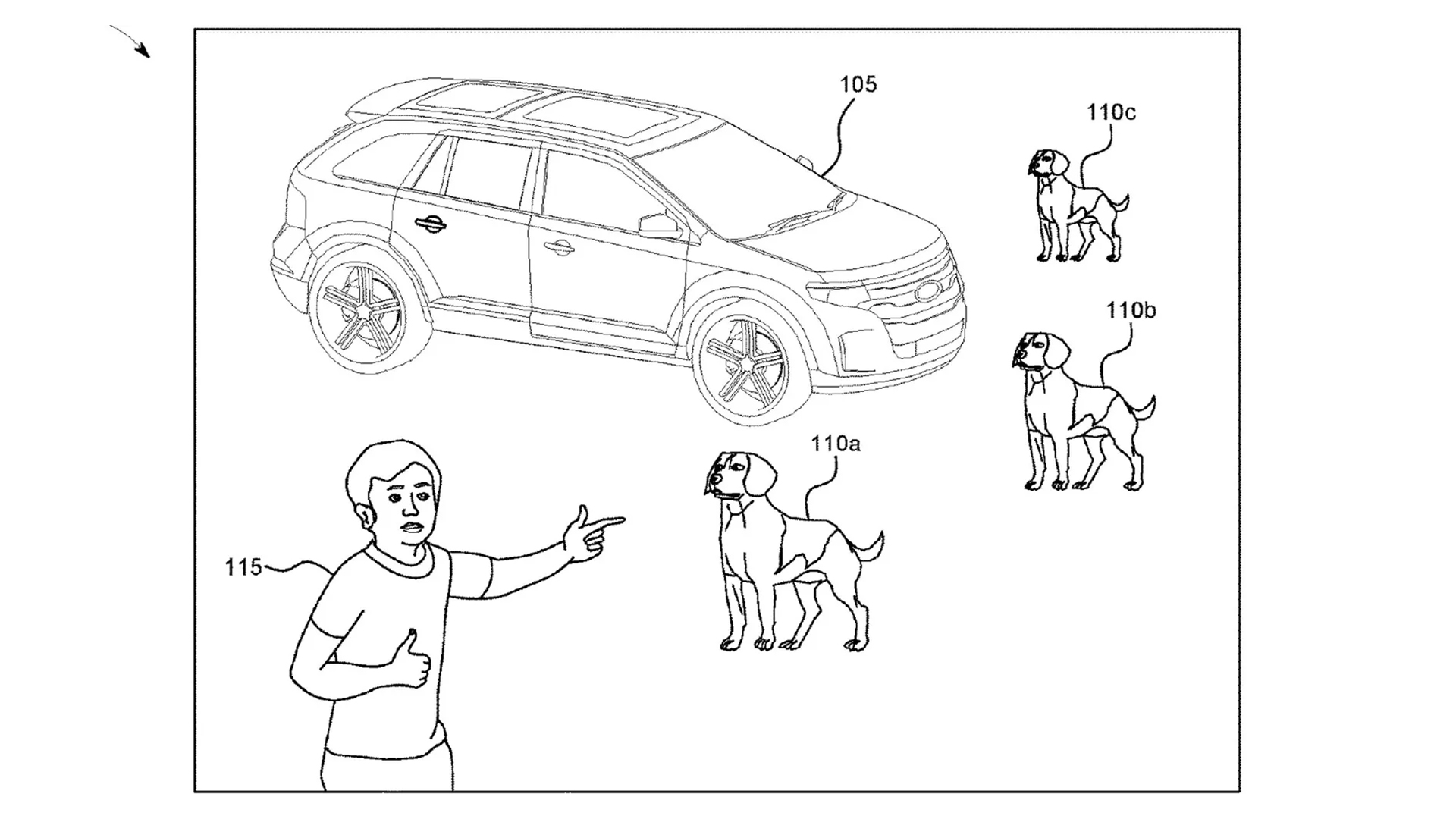
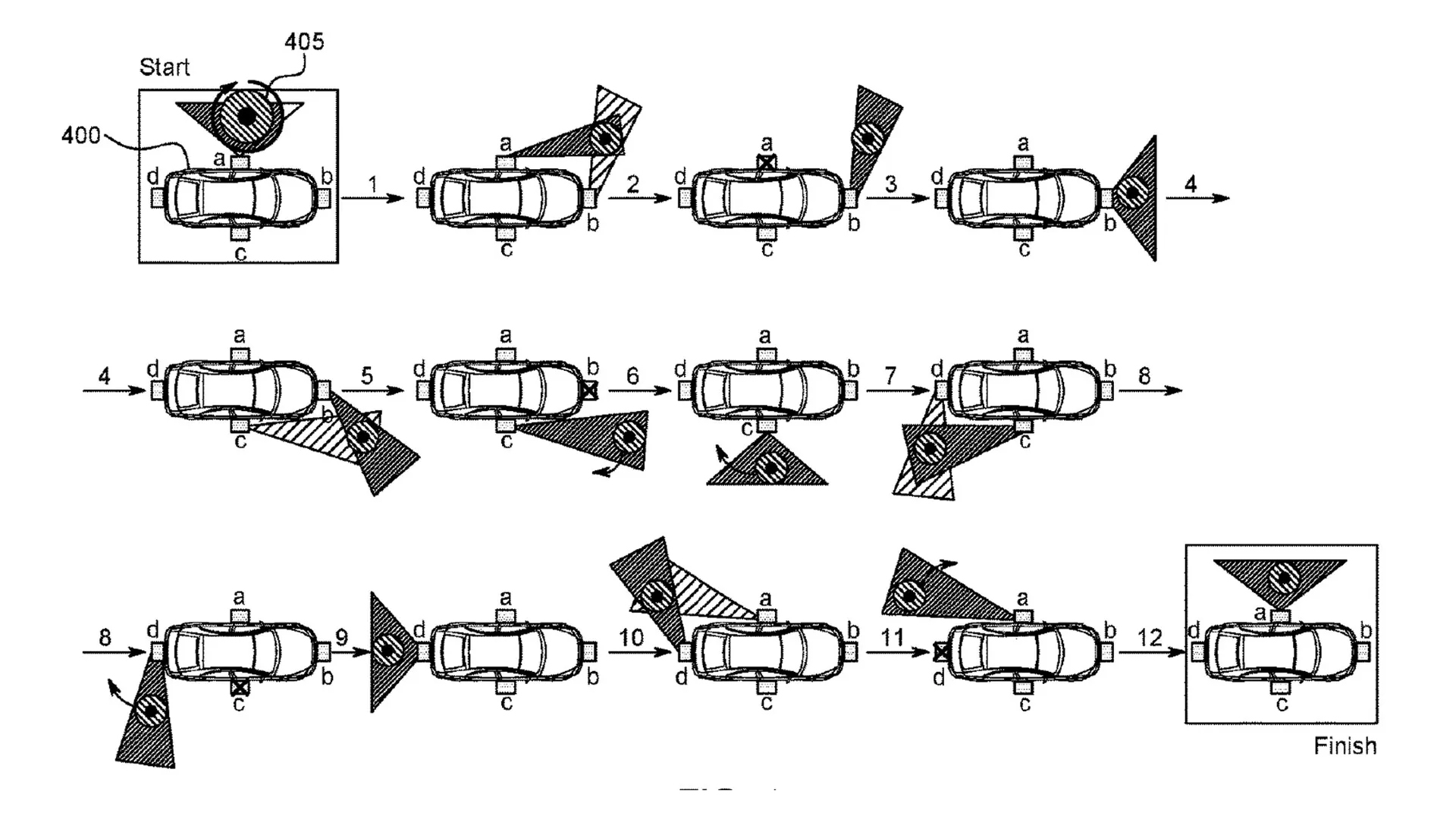
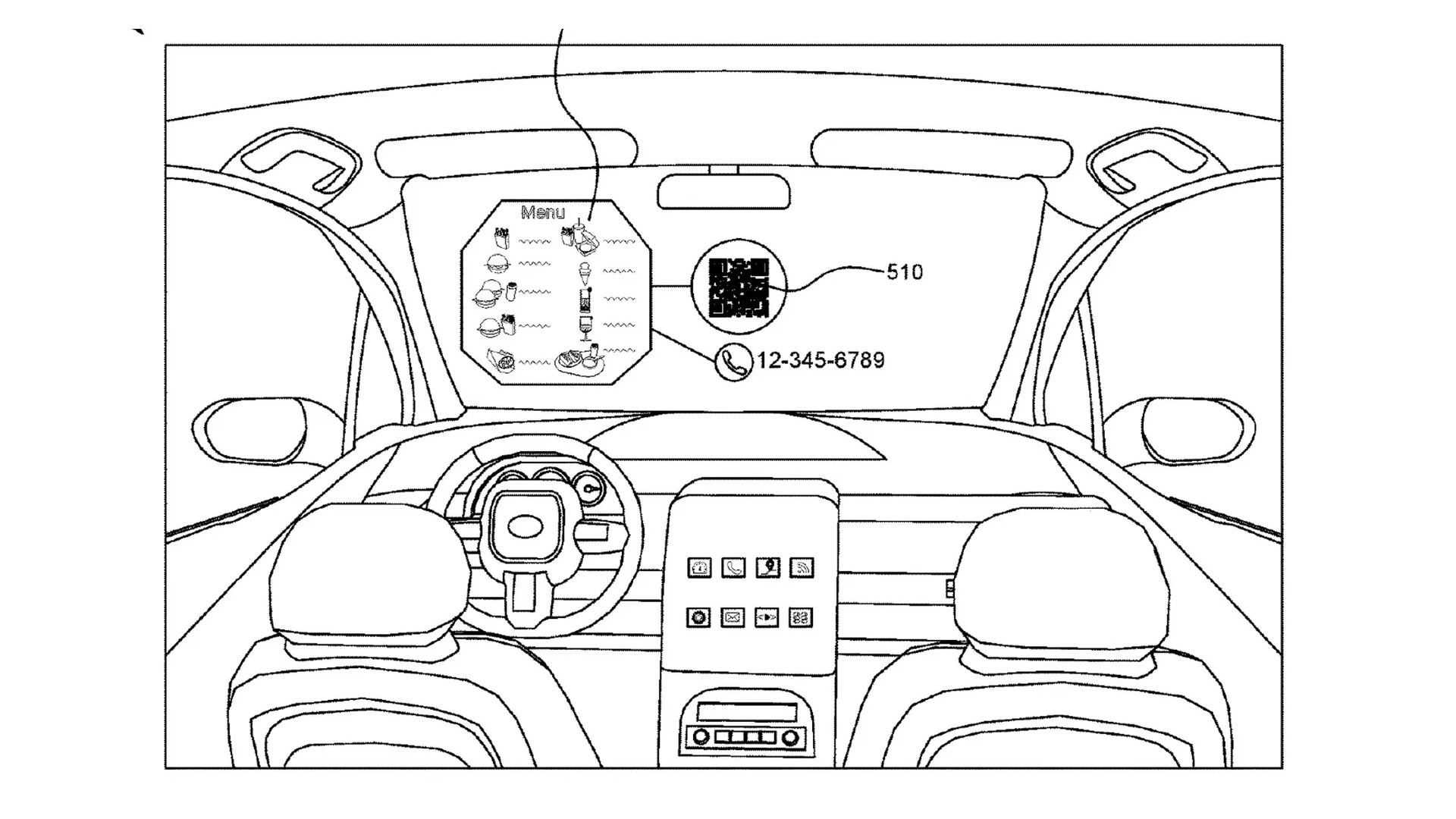
However, this dazzling display is not just limited to the exterior of the car, as the same (or similar) modules could also be used for the vehicle’s interior. Here, the inventors suggest drivers and passengers would be able to interact with 3D imagery and user interfaces.
Sign up for breaking news, reviews, opinion, top tech deals, and more.
The examples they give include a food menu, which could automatically be beamed to the holographic camera modules as the driver approaches a restaurant or drive-thru.
Similarly, the holographic tech could be used to beam a realistic image of a person in the passenger seat, which would perhaps act as a potential deterrent to opportunistic thieves or carjackers when the vehicle is parked for short periods of time.
Ford saves the wildest use-case until last, suggesting that the processor may form a hologram of a 'big polar bear' and that it may be projected as 'driving the vehicle'.
"Part of bear body may be inside the vehicle and a bear head may be outside the vehicle (e.g. protruding from a vehicle top portion)", the patent filing reads.
Wow, just wow.
Ford has fun with filings
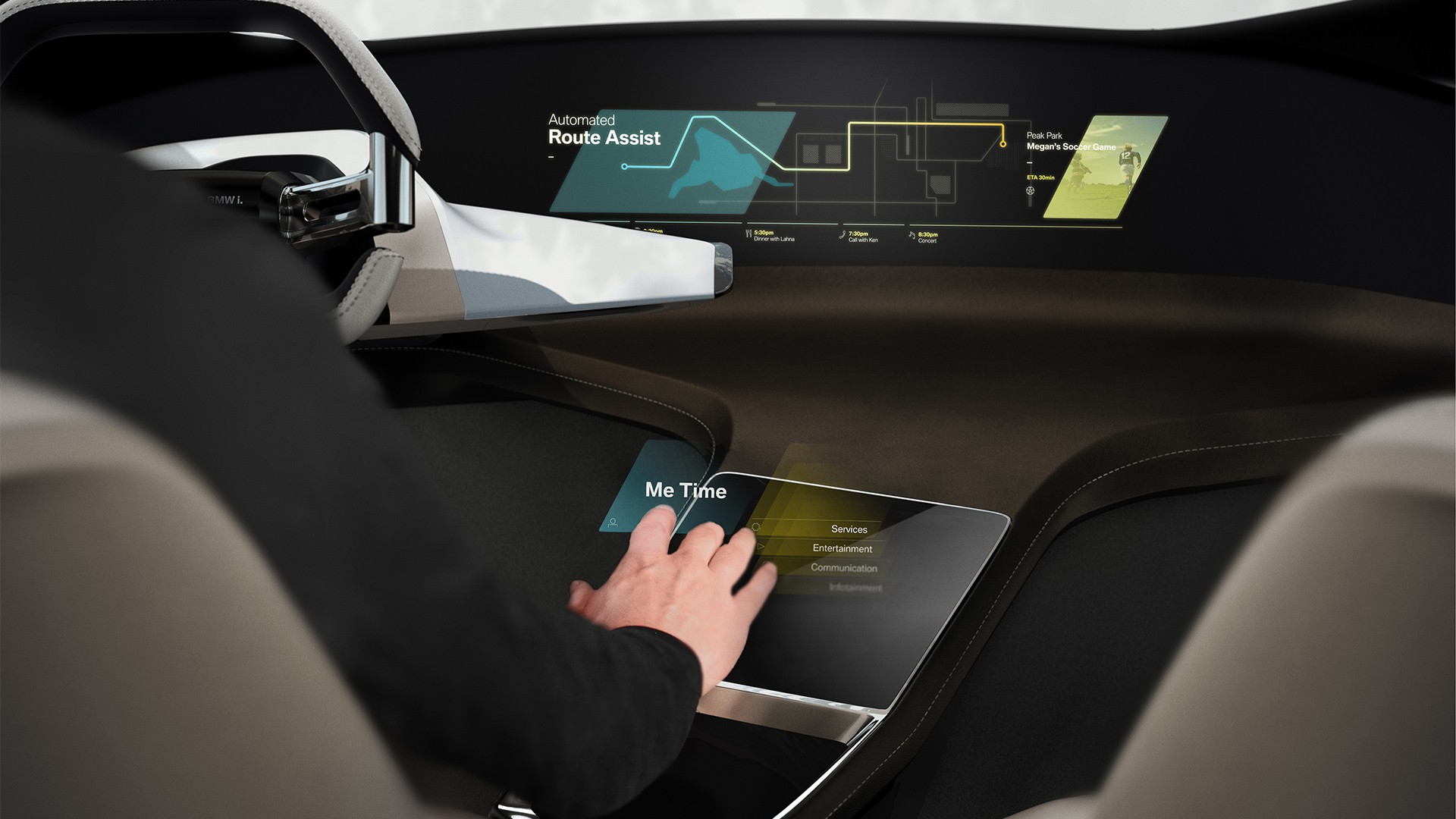
This isn't the first time Ford has been spotted filing a patent for some slightly madcap technology. We recently reported that it was considering a system that uses Ford vehicles and their on-board camera and sensor technology to first detect a speeding motorist and then report them to the authorities.
The company also seems to have a bit of an obsession with holographic projectors, with a previous filing using a water misting system to project cinematic imagery onto said droplets for an impromptu drive-in experience, according to Ford Authority.
It's highly unlikely we'll see holographic dogs and security guards roaming around upcoming Ford models any time soon, but the interactive holographic system for a vehicle’s interior isn’t completely novel.
BMW debuted a similar system at CES in Las Vegas back in 2017, where a driver could interact with menu screens on a 3D holographic display that magically appeared in the car's centre console.
That tech never made it to production, but BMW continued with similar gesture-control technology, which can be found on a number of current BMW and Mini products and allows the driver to skip tracks and control the volume of the infotainment system by twirling a finger.
So perhaps there is a future for holographic projection after all – maybe just not involving guard dogs and polar bears.
you might also like
- Ford’s beloved Capri returns, but this boxy electric SUV bears little resemblance to the muscular original
- Car giants are pulling a U-turn on their EV plans – here's how Ford, Hyundai, Volvo and more are changing course
- MG says the first cars with solid state batteries will arrive as early as next year

Leon has been navigating a world where automotive and tech collide for almost 20 years, reporting on everything from in-car entertainment to robotised manufacturing plants. Currently, EVs are the focus of his attentions, but give it a few years and it will be electric vertical take-off and landing craft. Outside of work hours, he can be found tinkering with distinctly analogue motorcycles, because electric motors are no replacement for an old Honda inline four.